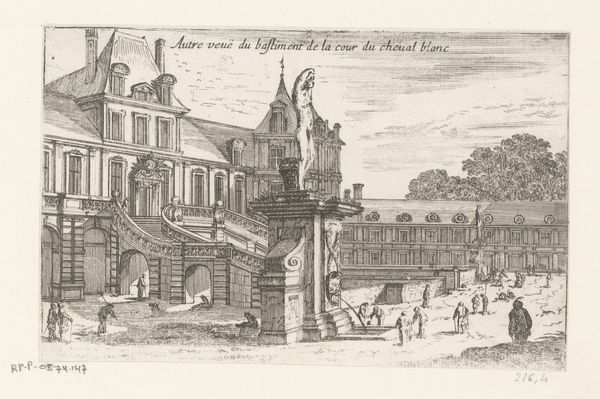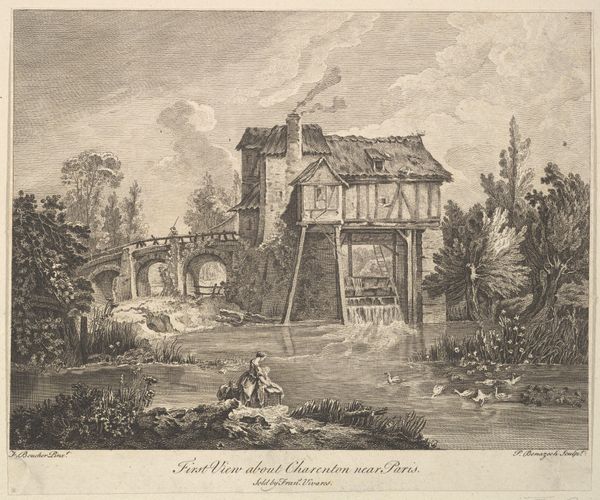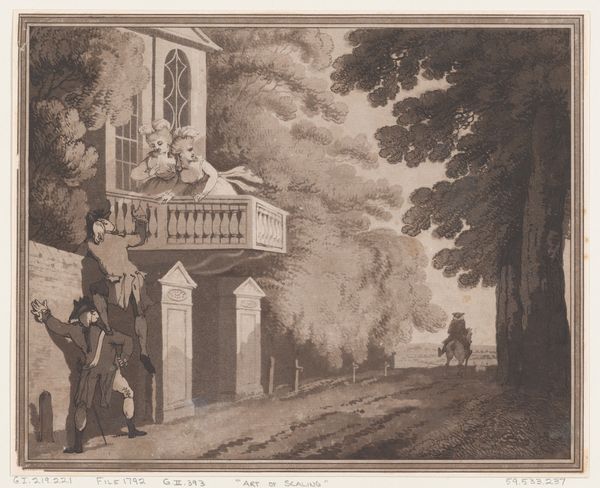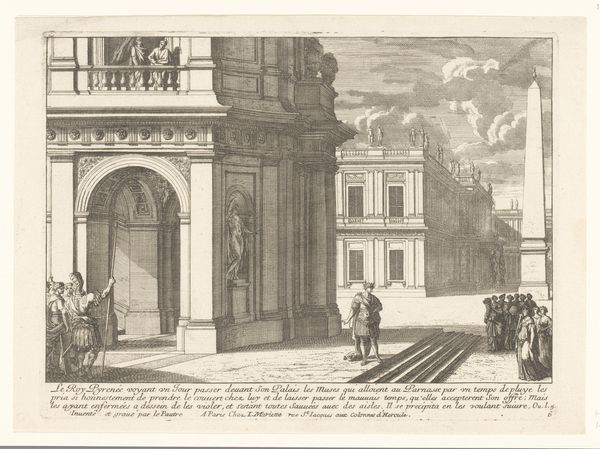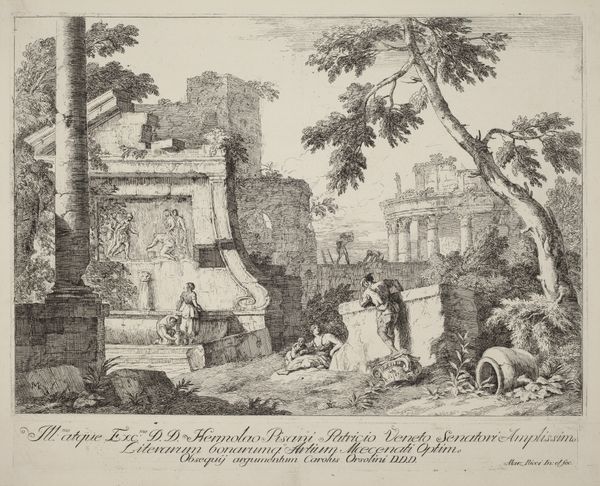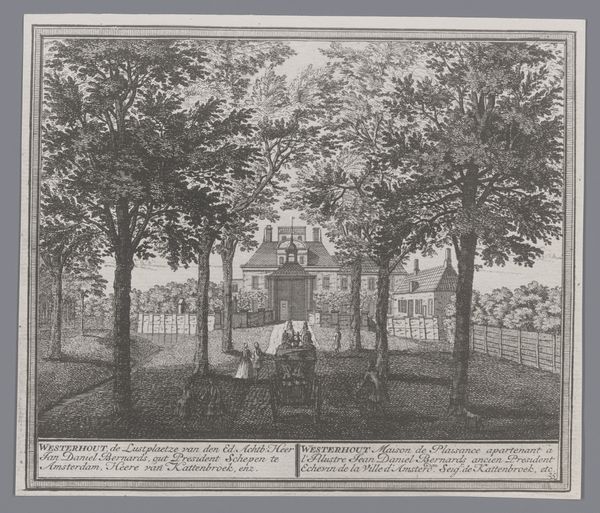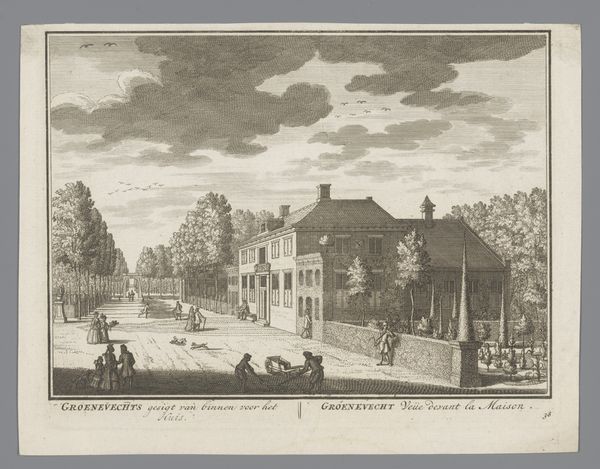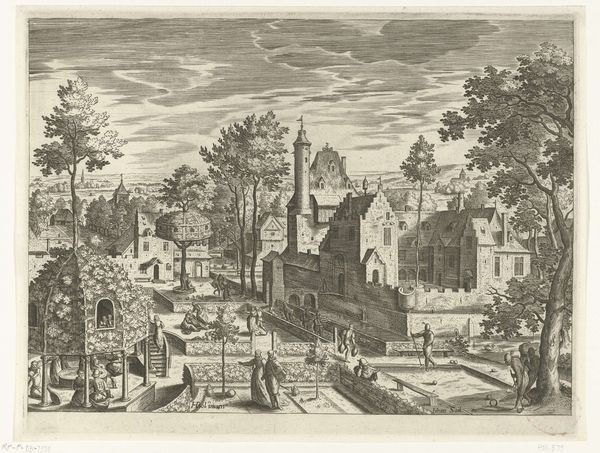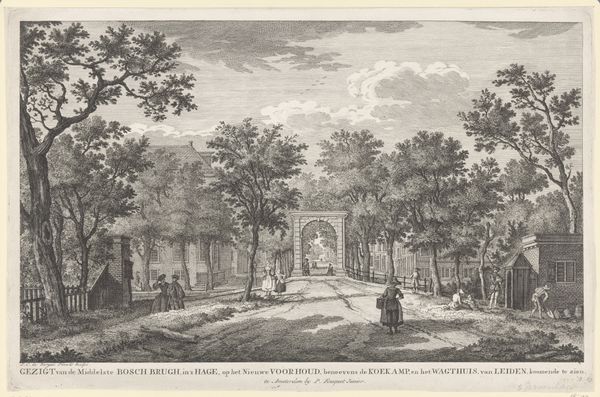
The Temple of Vespasian and Titus (Veduta del Tempio di Giove Tonante) 1751 - 1761
0:00
0:00
drawing, print, etching, intaglio, engraving, architecture
#
drawing
#
neoclacissism
# print
#
etching
#
intaglio
#
landscape
#
ancient-mediterranean
#
cityscape
#
history-painting
#
engraving
#
architecture
Copyright: Public Domain
Giovanni Battista Piranesi created this etching, "The Temple of Vespasian and Titus," in 18th century Italy. Piranesi's Rome was one of crumbling grandeur, where ancient ruins stood as ghostly reminders of imperial power. Look closely at the image; it's not just a neutral record of architecture. The exaggerated scale and dramatic lighting contribute to a sense of awe and decay. Piranesi was active during the Enlightenment, when intellectuals were re-evaluating the classical past. But instead of simply celebrating Roman achievements, Piranesi emphasizes the ruins, prompting reflection on time, power, and the inevitable decline of civilizations. Notice also the figures dwarfed by the architecture, suggesting humanity's relative insignificance against the backdrop of history. To understand Piranesi's vision fully, explore period guidebooks, architectural treatises, and the history of the print market. These resources reveal how Piranesi used art to critique the present by evoking the past.
Comments
No comments
Be the first to comment and join the conversation on the ultimate creative platform.

